
While it might be old news for some of you, it’s finally starting to feel like spring here in Connecticut. This week, we’ve had two days where we were able to open the doors and let the breeze in. This year, spring feels special–but every year, there is something about the first “open door day” of the year that makes me think of Adirondack chairs. It might sound silly, but warm weather means sitting outside with a cold drink perfectly perched on the arm of an Adirondack. Having made more than anyone I know, my father is a master of the Adirondack chair. For years he would crank out four at a time and give them to friends (or even friends of friends) who admired his chairs. Seven years ago, when I still lived in Nashville, my parents came for a visit and he and I made a set. Unable to fit in the moving truck, those chairs remain with two of my closest friends.
Dad makes his Adirondacks out of whatever wood is affordable at the time–usually pine. Outdoor furniture is temporary. You can carefully design, select heartier wood, and coat it with UV protectant finishes, but eventually, outdoor furniture is going to give in to the elements. My dad accepts this and when the chairs go, it just means he gets to build more.
This year, once we’re all vaccinated, my father and brother are planning to come over and we’ll find room in my shop for us three to build a full set of eight. This warm weather tells me that it’s time to start planning. My dad has his go-to Adirondack chair plan–he’s a Norm Abrams man–but if the warmer weather is inspiring your thoughts of outdoor furniture, here are some links to our favorite outdoor furniture. You probably have time, but only if you start day-dreaming now.
5 Woods for Outdoor Furniture by Hank Gilpin
What makes a wood right for building outdoor furniture? Its ability to resist decay. No wood will survive forever outdoors, but if you use the right wood, stick to the heartwood only, and follow a few design tips, your projects will have a better chance for a long life. Learn why white oak, bald cypress, black locust, Eastern red cedar, and Northern white cedar are master craftsman Hank Gilpin’s choice for outdoor projects.
Adirondack Chair by Tom Begnal
Unlike many others of its type, this version of the quintessentially American outdoor chair has a curved seat and back for added comfort. It is also lightweight, so your back shouldn’t suffer as you move it around the yard. Assembled with screws, this chair has step by step instructions for assembling the seat, back, side, and leg assemblies. Once completed and given a good coat of finish, it should be happy outside for years to come. Included with the project article is a gallery of Adirondack chair designs.
Easy DIY Wooden Doormat by Asa Christiana
Brighten your front entry with a fashionable and functional custom doormat.
Torture Test for Outdoor Finishes by Tom Begnal
Wood and weather don’t work well together. So if you want to keep that outdoor table or Adirondack chair looking like new, a protective finish is a must. But which finish? They don’t all deliver. To find out, we treated five wood species with five different types of outdoor finish, then let a rack of sample boards sit outside for a year in Oregon, New Mexico, Louisiana, and Connecticut. Each region subjected the samples to a unique set of climate conditions. In the end, we had a new insight on how outdoor finishes and different types of wood hold up to the elements. Read on to discover what we found.
Video Workshop: Garden Chair by Michael Fortune
In this video workshop, Michael C. Fortune shows you step-by-step, how to build a beautiful garden chair with classy curves. Although curves can be intimidating, Fortune walks you through the entire process of building and using forms to achieve bent laminations that will stand the test of time.
Modern Adirondack Chair by Tom McLaughlin
With solid, reinforced joinery, subtle angles throughout, and an uncommonly comfortable seat, this Adirondack chair is more challenging to build than the traditional version, but it is more than worth it. After all, this is a chair that you’ll be relaxing in for years—not just because it’s built to last, but because it’s built for comfort. Tom McLaughlin uses templates to rout the curved pieces, and several clever jigs to make it easier to cut the joinery.

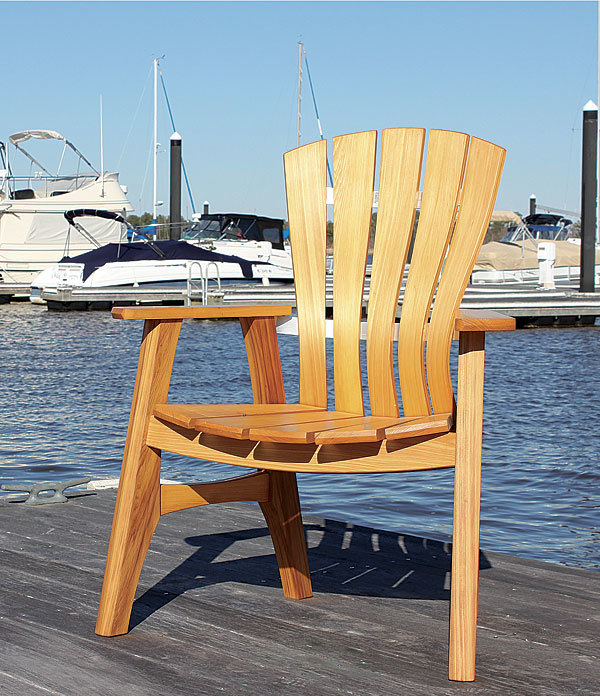
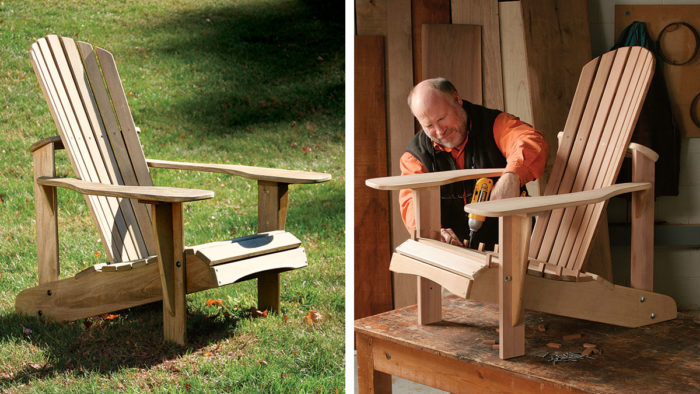
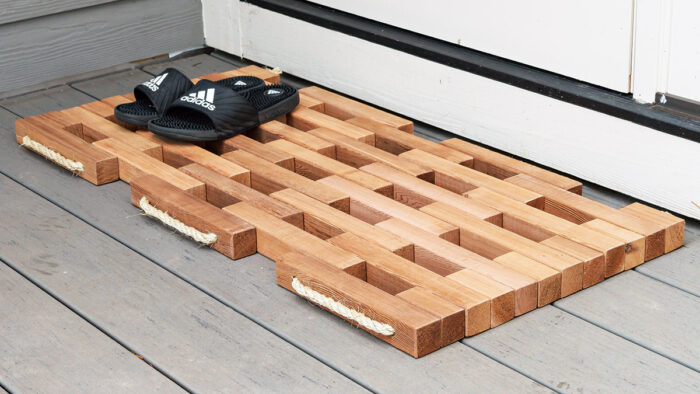
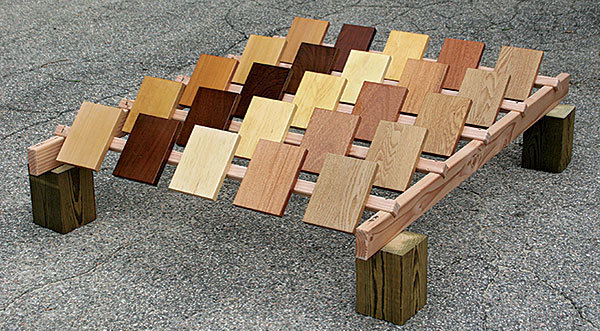
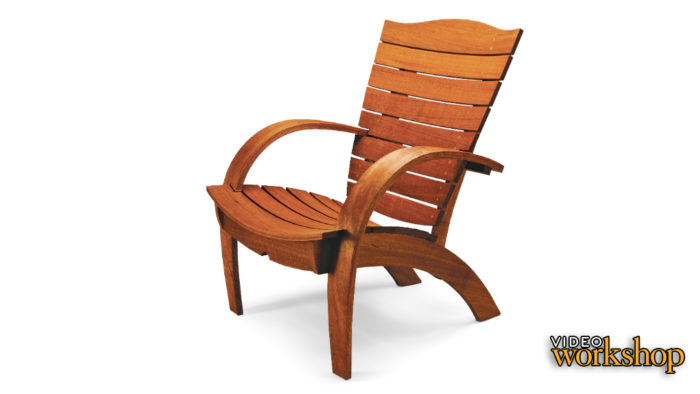
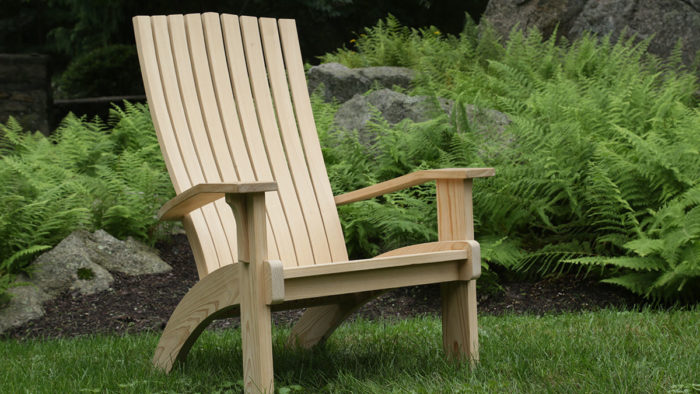
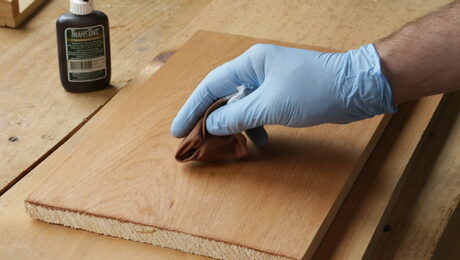
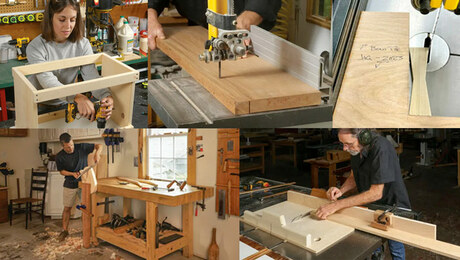
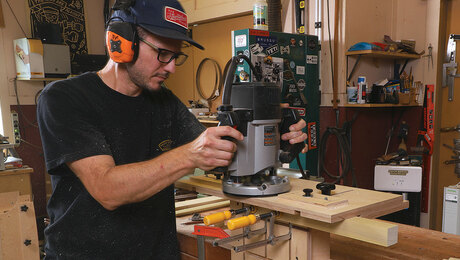
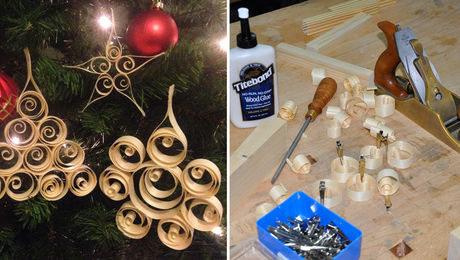


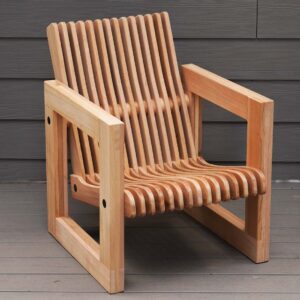
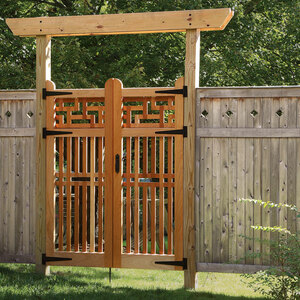
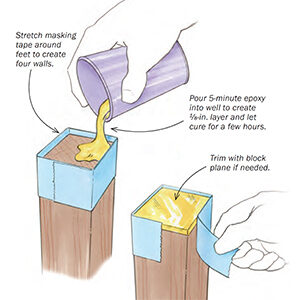
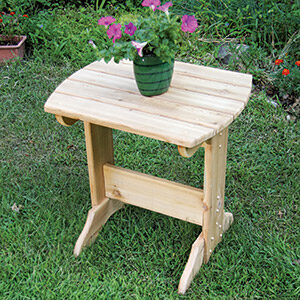











Log in or create an account to post a comment.
Sign up Log in